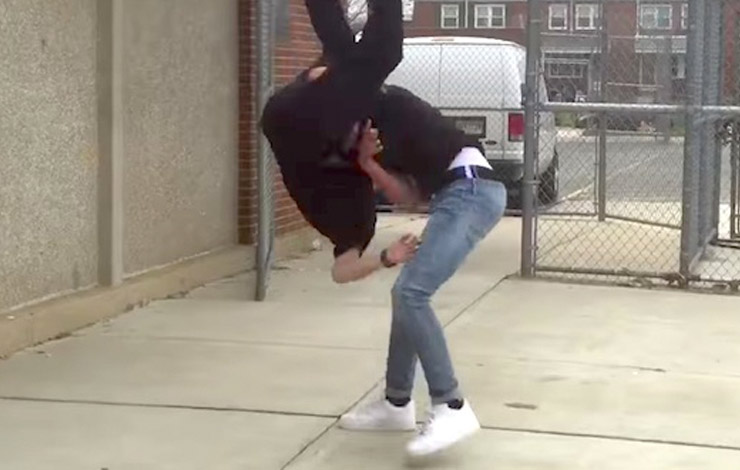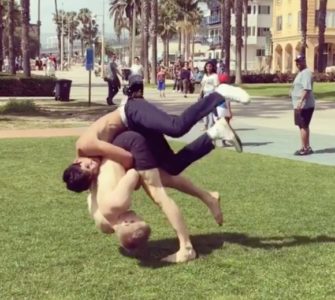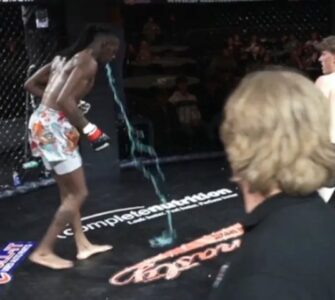Is it better to have trained BJJ or Judo when a self-defense situation arises? If you’re a Jiujiteiro, then this might not be what you want to hear… But it’s something that you absolutely need to know and that will make you into a better Jiu Jitsu practitioner as well.
„There’s no Gi in the streets man, that Jiu Jitsu/Judo stuff wouldn’t work on me.“ How many times have you heard that sentence being uttered? You’ve probably defended the argument that yes, it does work on the streets… And that is very true; however, in real-time terms, there’re a few things you’d need to adapt when in a self-defense setting – especially when you and your opponent are both standing up.
How effective are high amplitude takedowns in a self defense situation? Famed BJJ and MMA instructor Joh Danher wrote his thoughts on his social media account. Danaher worked as a bouncer for 20 years in NYC nightclubs:
“Takedowns for self defense – thoughts on amplitude: A common sentiment you will hear is that one of the chief virtues of takedowns for self defense training is that a hard powerful takedown on concrete is a fight ender and means you don’t even need to go the ground. There is definitely some truth to this. I have personally seen some fights ended immediately by a hard slam into the ground. The old cliche is that a boxer can only hit with the weight of his hands, but a grappler (with high amplitude takedowns) can hit with the weight of the earth. My experience was that there were mixed results with big slams in street fights.
For every time I saw someone incapacitated by a heavy slam, I saw many others get right back and immediately resume fighting. I have also seen situations where a hard throw was performed and the person thrown tightly grabbed the thrower in panic and BOTH protagonists went hard into the cement with the thrower getting hurt as badly as the person thrown. The truth is, the harder the throw, the more difficult it is to control the landing for both of you. Thus hard throws on cement can be something of a double edge sword. If you are going to throw someone hard and use takedowns as a weapon in itself rather than as merely a means to take someone to the ground, then you will want to use techniques that out the OTHER fellow into a hard fall – not BOTH of you.
This means you generally ought to favor throwing techniques where you keep both feet on the floor and can retain balance after the throw (for example, Tai otoshi rather than say, uchi mata) Interestingly in the sport of SAMBO they award the highest score to takedowns that do exactly this – throw someone with amplitude but where you remain standing over them. You don’t see it too often in competition as it’s difficult to achieve, but it does happen and is a good reflection of the self defense ideal for takedowns. Be realistic however – understand that a hard throw certainly CAN end a fight immediately, but is not guaranteed – as I said earlier, I’ve seen plenty of people get slammed hard and come right back up swinging – be ready to follow up appropriately based on the circumstances.”

















